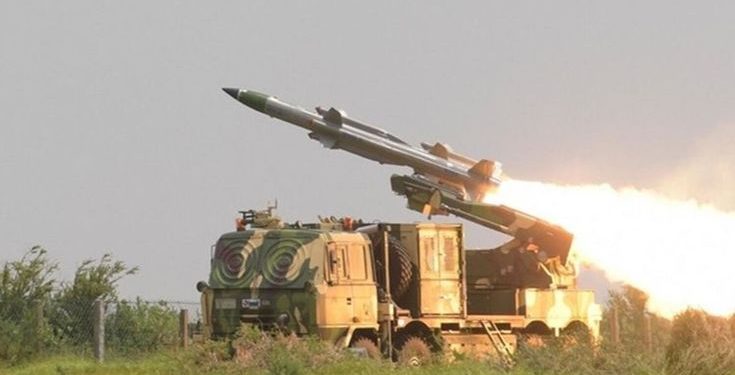The Iranian military confirmed early Friday that it has launched a retaliatory missile strike expected to reach Israeli territory within hours. The announcement was not made through a press conference or a state broadcast but instead delivered via the Iranian military’s official X (formerly Twitter) account. The post, however, was not a triumphant declaration it was a strict directive: do not film, photograph, or share any information.
The message, terse and chilling in its tone, instructed Iranian civilians to refrain from documenting or disseminating any footage of missile or military vehicle movement on public roads. “Do not take or publish any videos,” it warned, making it clear that such actions would not only be considered criminal offenses but would also “reduce the effectiveness of revenge operations.” The statement also cited ongoing cyber-surveillance operations by Israeli intelligence, urging citizens to stay calm and avoid spreading any information online.
Iranian officials emphasized the gravity of the situation by warning civilians against filming after missile launches, especially those located on elevated ground whose devices could capture broad landscapes and tactical positions. This rare and comprehensive public instruction confirms that a long-range missile attack is currently underway, and the military aims to maintain maximum operational secrecy during its transit phase suggesting the missiles may take hours to reach their intended targets in Israel.
This development follows a series of Israeli airstrikes across Iran, targeting nuclear facilities, IRGC command centers, and missile development sites. One of the most widely reported attacks occurred near Tabriz Airport, where residents reported multiple explosions overnight. The Iranian government has vowed a “harsh and proportionate” response, and today’s missile launches appear to be a first step in what Tehran views as a phased retaliation strategy.
The Iranian military’s media blackout directive highlights a shift in modern warfare where information control is as vital as battlefield success. Tehran’s concern about public posts aiding “enemy misuse of information” underscores how real-time civilian footage has become a double-edged sword: a means of exposing truth, but also a liability in wartime logistics. The explicit reference to Israeli cyber capabilities reveals Tehran’s growing unease over electronic surveillance and open-source intelligence, both of which have played critical roles in recent conflicts.
From a strategic standpoint, the directive is also a psychological tool. It signals to both domestic and international observers that Iran is fully engaged in military operations, and that the leadership considers this phase of conflict highly sensitive. The warning against filming could also serve as a prelude to internet disruptions or censorship, common tactics used in Iran during times of unrest or heightened military activity.
While no specific details about the missile types, targets, or launch sites have been officially released, regional observers and military analysts interpret this move as a confirmation that Iran is escalating to long-range offensive capabilities. Previous Iranian attacks were largely limited to drone swarms and proxy strikes via groups in Iraq, Syria, or Yemen. A direct missile launch toward Israel from Iranian territory represents a dangerous evolution in the conflict, potentially crossing red lines drawn by both regional and global powers.
The timing of this launch also aligns with President Donald J. Trump’s ultimatum to Iran issued hours earlier, in which he warned that further escalation would lead to “worse than anything [Iran] knows.” Trump declared that Iranian hardliners who resisted diplomatic outreach are now “dead,” and threatened “even more brutal” responses if Iran did not immediately de-escalate. Whether Iran’s latest move is in defiance of Trump’s warning or a calculated gamble under the belief that U.S. involvement will remain indirect remains unclear.























































